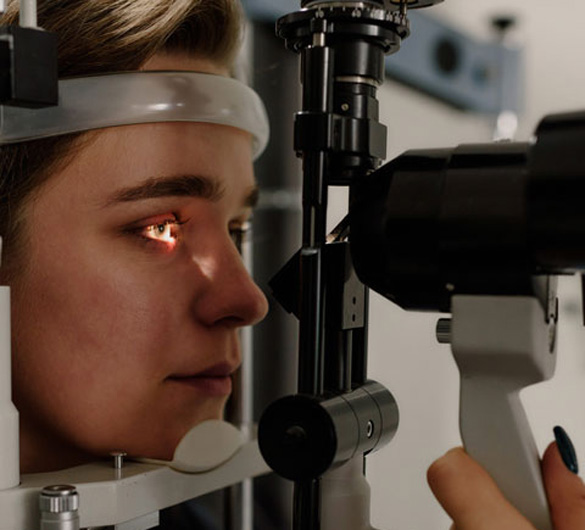A vision disorder is determined by a characteristic of the eye that distorts the formation of images on the retina.
These visual disorders originate primarily at a genetic level but may also be caused by environmental factors. In order to have a clear vision, the light must reflect on the object being looked at and pass through the eye to focus in a single point on the retina. The main visual disorders come from the fact that the light is not focused in the right place on the retina.
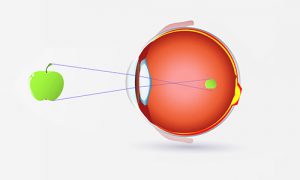
Myopia is a blurred vision from a distance, mainly hereditary, it is the most common disorder, and it is relatively easy to treat. To be short-sighted is to have a “too long” eye.
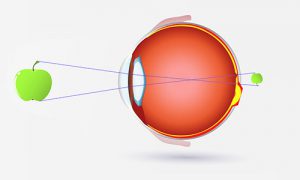
Hyperopia is a blurred vision when looking at objects at a close distance, it means having the eye “too short”. Noting that most babies are born hyperopes because the formation of their eyes is not complete.
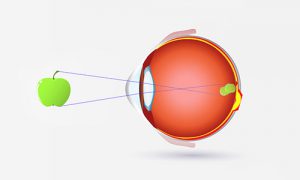
Astigmatism is characterized by blurred or distorted vision at any distance due to an abnormality in the curvature of the lens or cornea.
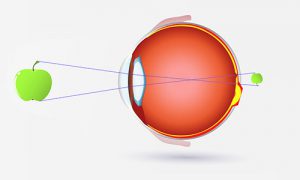
Presbyopia, strictly speaking, is not a visual disorder but a natural process since the eye is aging. It generally appears around the forties. This is characterized by disorders of accommodation that disturb vision up close.
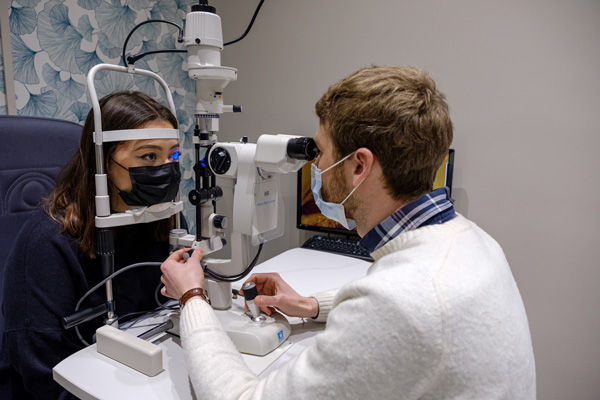
In case of decreased acuity, discomfort with light, eye strain or difficulty to make the point on an image, it is imperative to consult an ophthalmologist.
Some people need to be monitored very regularly by a professional. For people with diabetes, they must perform a check at least once a year being subject to a genetic risk of glaucoma or diabetic retinopathy that can cause blindness if not detected in time.
In younger children, it is important to follow the evolution as early as 3 years to detect any disorder as soon as possible.
There are many types of visual disorders, difficulty reading close, blurred vision from afar, distorted perception of objects… Visual disorders are myopia, hyperopia and astigmatism, imperfections of the geometry of the eye. Presbyopia, on the other hand, is a natural aging of the eye and not a corneal pathology.
It is particularly important to differentiate between visual disorders and ocular pathologies. Indeed, vision disorders can lead, if not corrected, to consequences: cataract, detached retina, glaucoma or Age-related macular degeneration (AMD).
In young children, it is essential to detect and monitor the progress of vision to prevent visual disorders. There can be very serious consequences without appropriate early management, such as strabismus, amblyopia, retinoblastoma…
Regardless of the vision disorder, DRL® night lenses are recognized as the most effective solution for preventing and correcting myopia with or without astigmatism, hyperopia with or without astigmatism associated or not with presbyopia.
